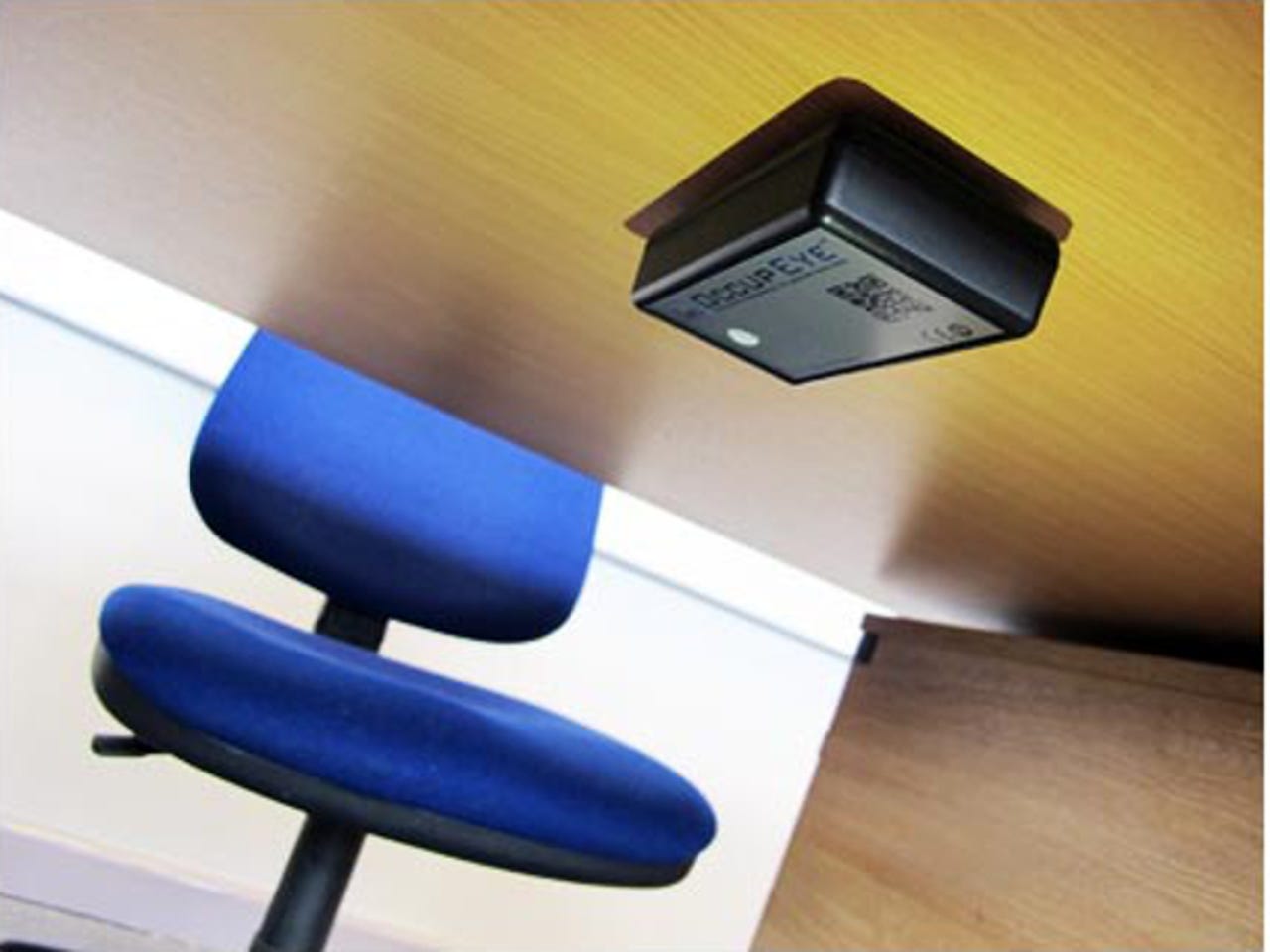How would you react to IoT motion-trackers under your desk? These staff fought back


The under-desk sensors use movement as well as heat to log when staff are sitting at their desk and when they're not.
UK publication The Telegraph has removed the motion-trackers placed beneath employees' desks after an uproar over suggestions that staff bathroom breaks were being timed.
Sales and reporting staff arrived at work on Monday to discover small black boxes attached to the underside of their desks. As Buzzfeed reported, staff were baffled by the boxes, which carried the label OccupEye.
Confusion turned to outrage after staff looked up the name to discover that the sensors use movement as well as heat to log when staff are sitting at their desk and when they're not.
Though marketed as a workspace utilisation sensor, in a now-removed "How it works" page on the website, OccupEye notes: "The proximity-based OccupEye technology takes away reliance on staff members to 'swipe in', 'sign in', 'log on', or do anything else at all! Quite simply, if a space is used, your OccupEye sensors will record it and you are guaranteed to know about it."
It also boasts that its system's ability to track "real-time 1:1 space utilisation" will mean "no more guesses based on coffee cups and coats on chairs!".
The unannounced rollout of monitoring sensors at The Telegraph comes as employers everywhere are faced with a growing choice of Internet of Things technologies to monitor staff whereabouts and productivity, ranging from wearables to desktop software.
After the initial new reports, The Telegraph told staff that the motion-sensors were part of a four-week analysis of office-space utilisation to help reduce power consumption in heating, lighting, and cooling.
Essentially, one of Britain's oldest newspapers told staff it was taking an Internet of Things approach to boosting its environmental credentials.
Unhappy with the response from their employer, some staff protested by removing the batteries powering the units, the Financial Times reported.
The Telegraph later opted to remove the devices altogether. "In the light of feedback we have received from staff, it has been decided to withdraw the under-desk sensors immediately. We will be looking at alternative ways to gather the environmental sustainability data we need and will keep staff in touch with any new proposals," it said.
OccupEye said in a statement that its "sensors monitor the presence of people within space, but do not identify individuals", also deflecting blame away from itself for staff concerns.
"We regret if any staff within any of our client workspaces have not received communication in advance of an OccupEye deployment and thus had unfounded concerns -- we can only reassure those people that they have nothing to fear from our system," OccupEye added.
A Telegraph reporter told the Financial Times that there were fears the paper would introduce a desk-sharing system, which could have resulted in changed working patterns. However, the publication denied such changes were the motivation.